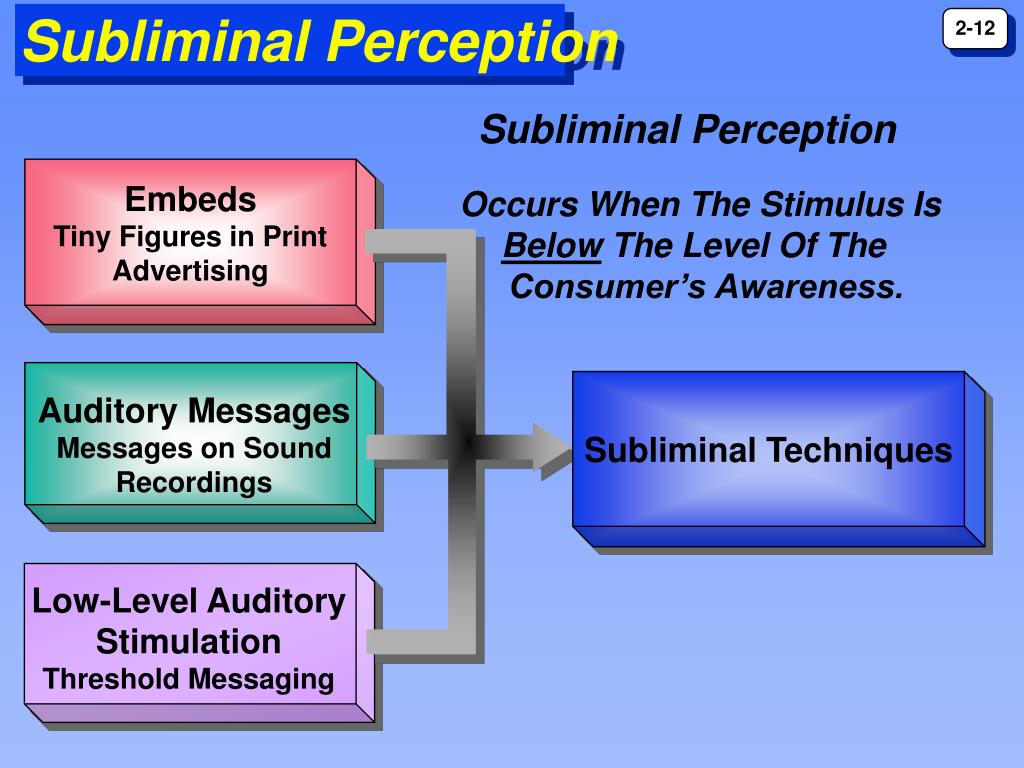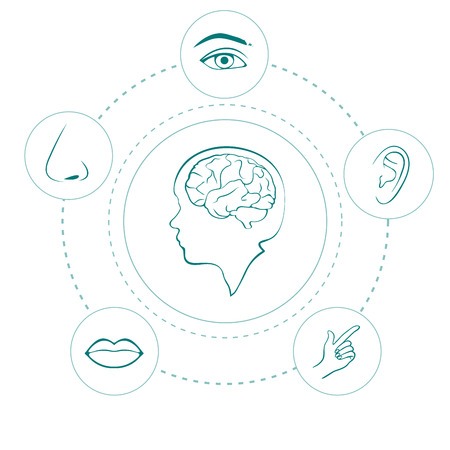

Package Design: Telling a Book by Its Cover. Consumers ascribe a sweeter taste to orange drinks as the orange shade of the bottle is darkened.

The expectations created by colours can actually affect consumers’ experience of products. Colour choices are made carefully with regard to packaging, advertising, and even store decor. The powerful cultural meanings attached to colours make them a central aspect of many marketing strategies. ColourĬolours are rich in symbolic value and have powerful cultural meanings. These responses are an important part of hedonic consumption -the multisensory, fantasy, and emotional aspects of consumers’ interactions with products.’ The data that we receive from our sensory systems determine how we respond to products. Fantasy imageryis the result when an entirely new, imaginary experience is the response to sensory data. Sensory inputs evoke historic imagery, in which events that actually occurred are recalled. For example, sensory data emanating from the external environment (e.g., hearing a song on the radio) can generate internal sensory experiences when the song on the radio triggers a young man’s memory of his first dance and brings to mind the smellof his date’s perfume or the feel of her hair on his cheek. The inputs picked up by our senses constitute the raw data that generates many types of responses. We may see a billboard, hear a jingle, feel the softness of a cashmere sweater, taste a new flavour of ice cream, or smell a leather jacket. Sensory SystemsĮxternal stimuli, or sensory inputs, can be received on a number of channels. Confirmation completion, in which a decision is made as to what the stimulus is. Confirmation check, in which the schema is selected.Ĥ. Cue check, in which the characteristics are analysed in preparation for the selection of a schema.ģ. Primitive categorisation, in which the basic characteristics of a stimulus are isolated.Ģ. The perceptual process can be broken down into the following stages:ġ. That is, we tend to group in our memories the objects we see as having similar characteristics, and the schema to which an object is assigned is a crucial determinant of how we choose to evaluate this object at a later time. Such interpretations or assumptions stem from the schemas, or organised collections of beliefs and feelings, that a person has. People interpretedit to depict a black man who had been arrested by a white man.’ Even though both men are dressed the same, people’s prior assumptions distorted the ad’s meaning. This ad was the target of many complaints about racism after it appeared in magazines and on billboards around the United States, even though the company has a reputation for promoting racial tolerance. The ad features a black man and a white man handcuffed together. The subjective nature of perception is demonstrated by a controversial advertisement developed for Benetton by a French agency some years ago. However, the study of perception focuses on what we add to or take away from these sensations as we assign meaning to them. Like a computer, we process raw data (sensation). Perception is the process by which these stimuli are selected, organised, and interpreted. Sensation is the immediate response of our sensory receptors (e.g., eyes, ears, nose, mouth, fingers) to such basic stimuli as light, colour, and sound. The meaning of a stimulus is interpreted by the individual, who is influenced by his or her unique biases, needs, and experiences. The stimuli that do enter consciousness might not be processed objectively. Of these, an even smaller amount are attended to. In the first place, only a very small number of the stimuli in our environment are ever noticed. Unlike computers, though, we do not passively process whatever information happens to be present. Like computers, people undergo stages of information processing in which stimuli are input and stored.


 0 kommentar(er)
0 kommentar(er)
